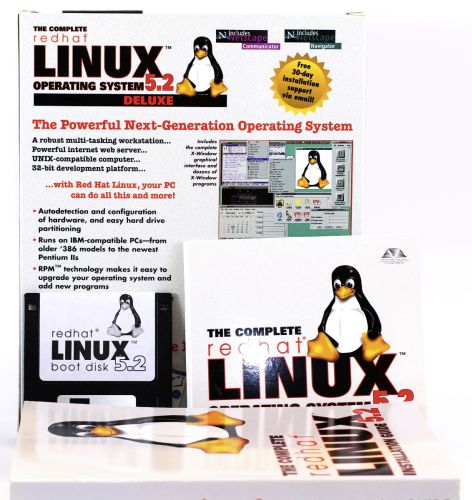

- #Redhat linux price upgrade#
- #Redhat linux price software#
- #Redhat linux price code#
- #Redhat linux price free#

#Redhat linux price free#
While it has been a good business to be sure – Red Hat has been plagued by the free to pay problem, and is no doubt tired of it.
#Redhat linux price upgrade#
It surely looked like created an enterprise-grade Linux operating system that felt like a proprietary operating system like Unix or Windows in terms of its fit and finishing and upgrade cycle was going to be a great business. When Red Hat was founded in the wake of Linus Torvalds creating the Linux kernel in 1991, and even when Red Hat went public in 1999, there were not yet hyperscalers and cloud builders and HPC centers were just in the middle of ripping out Unix-based federated NUMA system clusters and replacing them with Linux clusters supporting Beowulf and MPI. There is nothing in the Linux licenses that prevents the community from spinning up and self-supporting its own variant of RHEL and calling it something else, but with somewhere around half of RHEL customers actually using CentOS – meaning they are not paying for support and therefore not helping Red Hat create its variant of the Linux operating system and its elaborate stack of container and virtualization management layers as well as storage.
#Redhat linux price code#
Which was good.Įither way, Red Hat has had a free to pay problem even before CentOS was created in the late 2000s to package up the RHEL code and offer community support – meaning, free and collaborative – to that alternate, “bug for bug compatible” release of RHEL. To be more precise, CentOS Stream is the code-base for the minor RHEL releases, and parts of RHEL development were actually moved into the CentOS project to get everyone collaborating. IBM has promised to keep a hand’s off approach to Red Hat, and is a just as likely that the Red Hat team is making this change all on its own as it is likely that Big Blue is coercing it.ĬentOS Stream was designed to create a half-way point between the Fedora development release, which is changing like crazy all the time, and the commercial-grade Red Hat Enterprise Linux release, which changes on a regular, predictable, and relatively infrequent cadence of about twice a year. That timing might be coincidence, but maybe not. It is in this sense, though, that companies really are paying for Linux.ĬentOS Stream was announced somewhat innocuously in September 2019, two months after IBM closed its landmark $34 billion acquisition of Red Hat. And to be fair, Red Hat does its share of this work and has since the company was founded decades ago. The company rakes in somewhere north of $3 billion a year selling support contracts for such software, and has a vested interest in making sure the Linux operating system keeps getting more and better features added to it as well as support for successive generations of hardware.
#Redhat linux price software#
(Don’t even start thinking about how CoreOS Linux, which Red Hat acquired in January 2018 and which underpins its OpenShift Kubernetes container platform, fits into all of this.)Īs the world’s largest company devoted to the development of commercial grade open source infrastructure software and arguably the only company that will ever be able to make this model work from a commercial standpoint at this scale, Red Hat can afford to have many different kinds of Linux that its employees contribute code to. And that is mostly because since its creation CentOS has been what amounts to a community supported variant of Red Hat Enterprise Linux that sits downstream from the RHEL development – meaning, it is rolled up from the source code after Red Hat is done – and Red Hat has reversed the polarity of the CentOS project it took over in 2014 and plans to move it upstream, as CentOS Stream, thus turning it into yet another development release like the Fedora project has been for many years and which also feeds into RHEL in some fashion. Quite a big stink is being made their week as Red Hat has made some major changes to the CentOS variant of its Enterprise Linux. Open source software is not just about having access to source code, but that is a kind of protection against tyranny if parts of the community, particularly corporate sponsors who cut the paychecks for a lot of the developers – either directly or indirectly – who create open source software, particularly the Linux kernel and the operating system that is stacked up around it in various distributions. There is nothing quite like the open source community to demonstrate the principles of freedom, democracy, and meritocracy – and the difficulties of bringing those principles to bear and keeping them pure when money is involved.


 0 kommentar(er)
0 kommentar(er)
